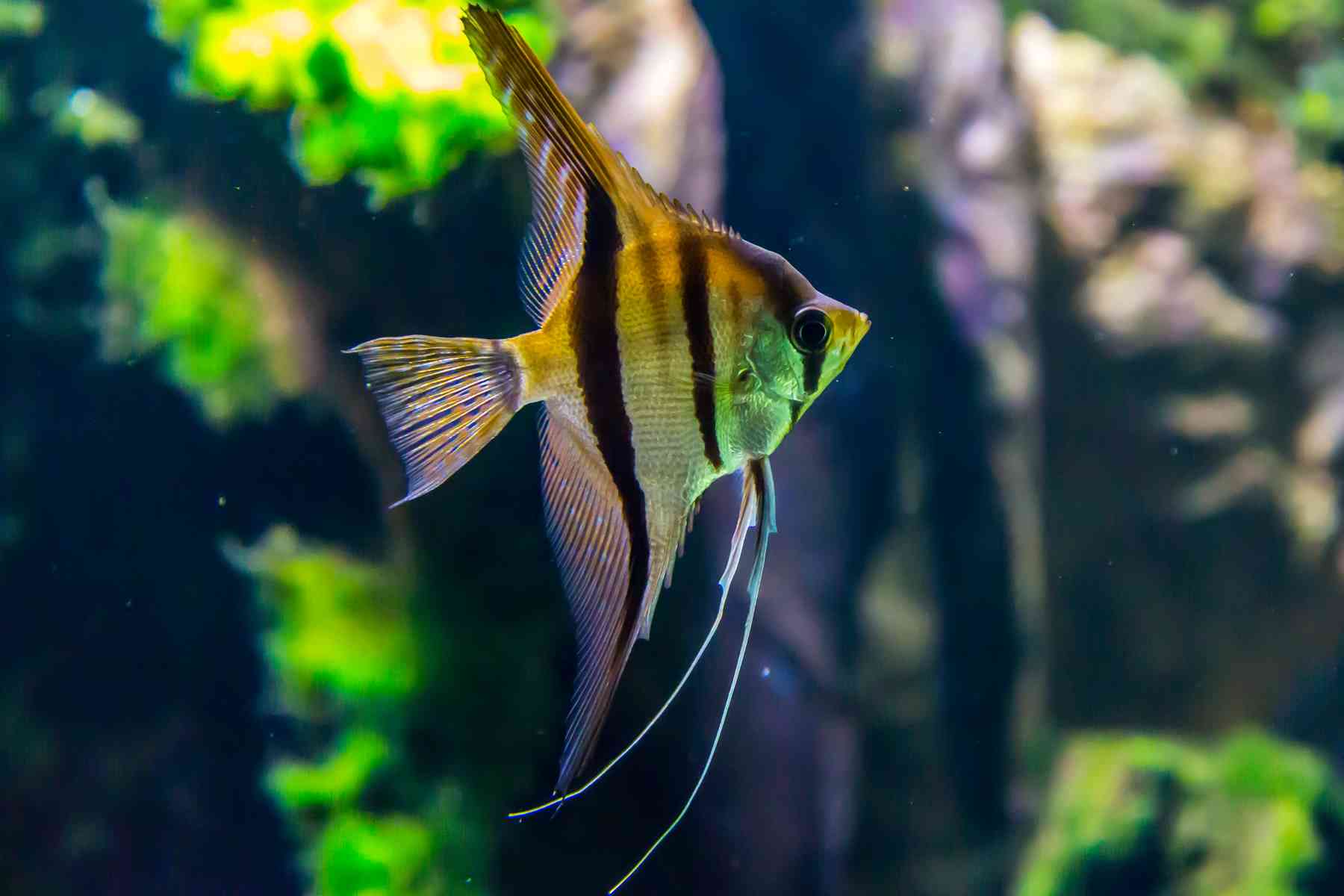Uncategorized
How to set up your tropical fish tank
Having own tropical fish for most of my adult life, I can honestly say that I am a fan of keeping fish. There is something relaxing, peaceful, and almost magical about it. Often, people say it is a complex and time-consuming task and I am often met with shock when I turn to them and tell them it is infact, the opposite. So how do I set up a fish tank that makes it so easy to keep?
It took many years for me to understand the needs of tropical fish, they need a supply of food, oxygen and clean water. The first is easy, fish foods like those we supply by King British are easy to get hold of, taking note of the type of fish you have. The main importance is to make sure you do not overfeed them. Let them feed for about 5 minutes, any more than this then you are overfeeding. You need to make sure that all your tank gets a chance to feed, some will feed from the surface, others from the food sinking, others from the gravel, you need to make sure that you feed the right foods for each of these feeding areas depending on the fish you are keeping. Feeding at regular times of the day also will mean that the fish will be waiting for you as they learn a routine!
Making sure the water is clean and oxygenated, for myself, is something that rolls into the same solution. Oxygen is absorbed by the water itself. The larger the surface area between the air and water, the faster this process will happen, this is why some people choose to have bubbles but in many cases, they are not needed, especially with my personal preference. I love to keep a natural tank. I love the look of a natural environment for my fish, providing them places to hide, feel secure along with helping keep the water clean and oxygenated. I do this with a combination of driftwood, rocks (which I can stack to make small caves) and live plants. This is my secret, the plants.
Setting up a tank will take a while, here are my step by step stages I personally take;
- Clean and rinse the tank, new filters, rocks and rinse plants. Soak any driftwood to allow water to be absorbed, this will help ensure the driftwood sinks rather than floats and may take a few days, I remember on some tanks, it has taken up to a week for mine to stop floating! Make sure that you do not use any chemicals during this stage.
- Create a layer of course, larger gravel. You can build this up in a slope but I suggest to use larger rocks to help secure this slope in place. Building up higher towards the back of the tank will create an optical illusion of making the tank look larger. I personally use a minimum of 2 fingers depth.
- Add a fine top layer of sand or soil. As with the base layer, I use about 2/3 fingers depth as a minimum depth.
- Place your rocks in the tank, building small hiding holes and caves where you can, this spaces should be both small enough for the smaller fish and separate ones for the larger fish.
- Plant your live plants, putting larger plants to the rear of the tank (this is for looks more than anything else). Ensure a mix of smaller grasses/mosses that will spread over the gravel through to broadleaf & bushy plants. When planting, make sure you are careful to not break the roots and that they are weighted down to not float away once we place in the tanks water.
- Next is the fun part. Assuming you have your filters & heater assembled, you can now start pouring in fresh tap water! Pour slowly so as not to disturb the freshly placed gravel and plants, pouring till you are about 1-3cm below the maximum fill line for your tank. If you can use some water from another tank, this will be a great head start to help kick start your tank.
- Next is to power on your tank by turning on the heat and pump for filters, along with your top lights (I recommend using a timer for these to create a regular day/night cycle). As you power on your tank, you may find the water goes very cloudy if not already.
- Leave your tank running with NO FISH for about 1-2 weeks. The longer you leave it, the better the chance your plants will have as establishing themselves.
- After about 1-2 weeks, introduce shrimp, like Japonica or Cherry Shrimp. These are great tank cleaners and will help hoover up unwanted food, dead leaf etc. Along with the plants, they will help control levels in the tank ensuring clean water.
- Next, introduce something that will eat algae, something like a Plec or Tiger Snails. The chances are, you will have some snails from the plants however, they are not a bad thing to have in a tank but we do have to control their numbers, I personally like the larger Tiger snails as they are visually pretty and tend not to be eaten by Clown Loach.
- Once we know we have a tank established with these elements, we can start introducing some fish at last! Choosing your fish is important, ensuring they come from the same areas and natively live together. This will help keep your fish content without fighting. I often introduce something like a Clown Load (there are others) to help control the snail population at this stage. Do not introduce too many fish too fast, starting with smaller fish.
- Now you have introduced fish, you will see a downgrade of your water quality, this is normal. You will be feeding your fish, they will be creating waste and your plants will not be established enough just yet. At this stage, we need to give the tank a little help. I do this by keeping a 2/4 litre jug of water underneath my tank to perform a water change each day… yes each day. By keeping a jug full of water, you are making sure Chlorine and chemicals are at a minimum. Pour slowly the water into the tank, removing the same amount of water you place. Be sure to wash and fill the jug with fresh water to repeat the process every 24 hours. Doing this task daily, will help keep your water quality clean and clear without stressing your fish as much as performing a time-consuming 1/4 to 3/4 water change every few weeks. Get some testing stripe to keep an eye on your water quality only doing a larger water change IF needed.
After a few months, your plants and tank should be established. Easy to keep. Easy to maintain. Beautiful to look at. If you have any questions about your tank, please do not hesitate to contact us.

